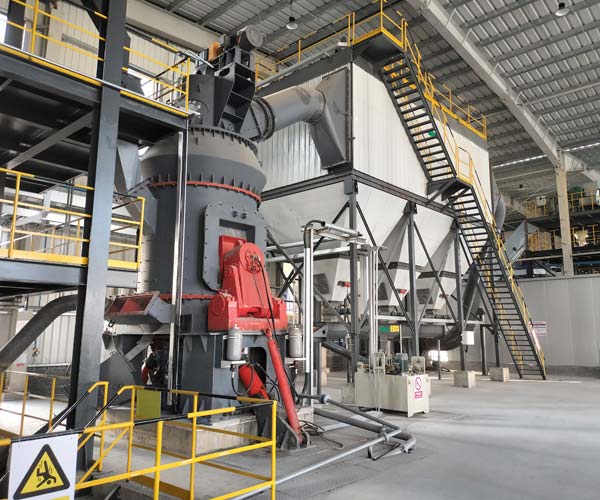
The manufacturing process of Ground Calcium Carbonate (GCC) is a complex series of steps that transform raw materials from quarries into a versatile industrial mineral with precise particle sizes. From the extraction of raw materials like limestone and marble to the crushing, calcination, hydration, carbonation, and milling processes, each stage contributes to producing GCC suitable for various applications.
24 Online Service
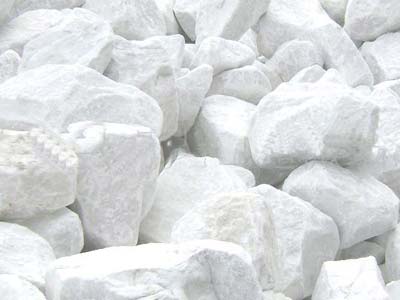
Calcium carbonate, a chemical compound with the formula CaCO3, is a fundamental substance found abundantly in nature. Its versatile properties and widespread occurrence have led to its significance in various industries and natural processes.
Calcium carbonate manifests in several forms, each with distinct characteristics and applications. The most common forms include:
Calcite is a crystalline form of calcium carbonate. It is characterized by its rhombohedral cleavage and often transparent appearance. Calcite is prevalent in sedimentary rocks and is the primary mineral in limestone and marble. Its optical properties make it valuable in various optical instruments and as a component in cement production.
Aragonite is another crystalline form of calcium carbonate, with a needle-like crystal structure. It is less common than calcite and is often found in mollusk shells and coral skeletons. Aragonite’s presence in these natural structures highlights its role in supporting marine ecosystems and their calcium carbonate structures.
Vaterite is the least stable and least common polymorph of calcium carbonate. It has a unique spherical crystal structure and is found in certain geological formations, but its instability often leads to its transformation into more stable forms over time.
This form of calcium carbonate is synthetically produced through a precipitation process, often using calcium hydroxide (lime) and carbon dioxide. PCC finds applications in a wide range of industries, including papermaking, plastics, paints, and food.
Calcium carbonate’s applications span across numerous industries due to its diverse properties. In construction, it is used as a building material and aggregate. In agriculture, it acts as a soil conditioner and pH regulator. Its presence in toothpaste and dietary supplements attests to its role in oral health and human nutrition. Moreover, calcium carbonate plays a vital role in the carbon cycle, acting as a buffer in oceans and influencing atmospheric carbon dioxide levels.
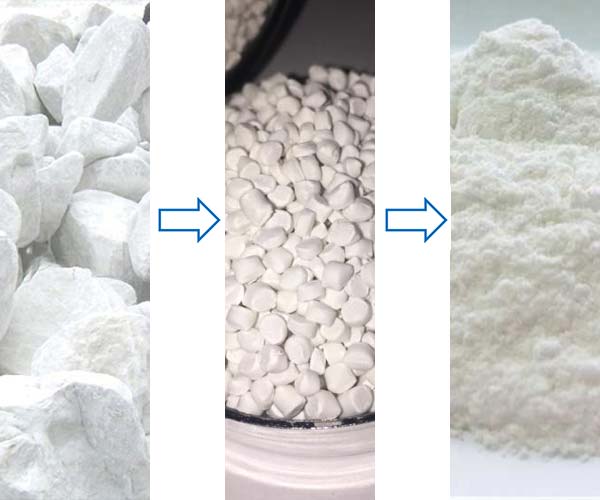
Calcium carbonate, a ubiquitous compound found in nature, holds a significant place in industries ranging from construction to pharmaceuticals. Its versatility stems from the fact that it exists in various forms, each possessing distinct characteristics and applications. Among these forms, Ground Calcium Carbonate (GCC) and Precipitated Calcium Carbonate (PCC) stand out as fundamental variants, with their own unique properties and manufacturing processes. Moreover, the classification of calcium carbonate into different grades based on particle size and purity further enhances its utility across numerous sectors.
Ground Calcium Carbonate (GCC) and Precipitated Calcium Carbonate (PCC) are two major categories of calcium carbonate, each with its own origin and production method.
GCC, also known as limestone, is a naturally occurring mineral that can be found in sedimentary rock formations. This form of calcium carbonate is extracted through mining or quarrying, after which it is ground into fine powder. The particle size of GCC can vary widely, with different applications requiring different degrees of fineness. It is commonly utilized as a filler or extender in industries such as plastics, paints, paper, rubber, and ceramics due to its abundance, low cost, and ease of production. GCC enhances the properties of various materials, improves texture, and contributes to the reduction of overall production costs.
In contrast to GCC, Precipitated Calcium Carbonate (PCC) is synthetically produced through a chemical precipitation process. PCC is derived from high-quality limestone sources, and its manufacturing process involves adding calcium oxide (quicklime) to water containing dissolved carbon dioxide. This reaction results in the formation of calcium carbonate particles, which are then collected, dried, and processed into various grades. PCC offers several advantages over GCC, such as controlled particle size distribution and higher purity. Due to its controlled production process, PCC finds application in a wide range of industries where specific properties are required, including in pharmaceuticals, food, cosmetics, and as a paper coating pigment.
The versatility of calcium carbonate extends further with the classification of different grades based on particle size and purity. These grades are tailored to meet specific industry requirements and end-use applications.
Fine calcium carbonate grades are characterized by their small particle sizes, often ranging from a few micrometers to several micrometers. These grades find extensive use in applications where a fine and consistent particle distribution is crucial. Industries such as paints, coatings, plastics, and rubber benefit from the improved texture, opacity, and mechanical properties that fine calcium carbonate grades provide.
Coarse calcium carbonate grades consist of larger particles, typically ranging from tens to hundreds of micrometers. These grades are valued for their abrasive properties and are commonly employed in industries like construction, where they are used as fillers in concrete, asphalt, and other building materials. Coarse calcium carbonate improves mechanical strength, reduces material costs, and contributes to the overall stability of the end product.
High purity calcium carbonate grades are characterized by their minimal impurity content, making them suitable for applications demanding stringent quality standards. These grades are often used in industries such as pharmaceuticals, food, and cosmetics, where purity is of utmost importance to ensure product safety and efficacy.
Specialty calcium carbonate grades cater to specific applications that require unique properties. For instance, within the pharmaceutical industry, ultrafine calcium carbonate is utilized as an excipient in drug formulations, enhancing tablet disintegration and dissolution rates.
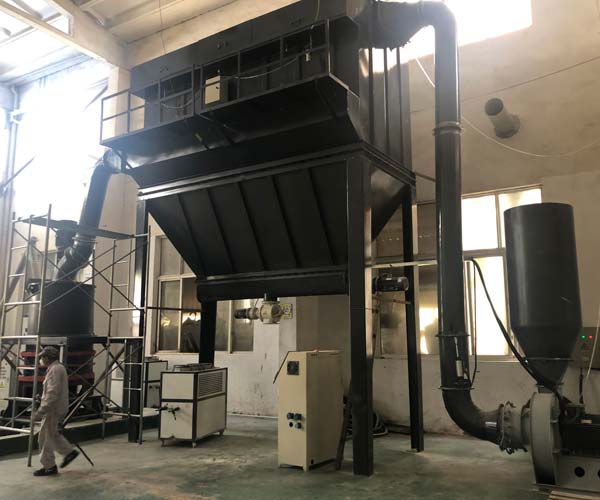
Ground Calcium Carbonate (GCC) is a widely used industrial mineral known for its versatility and multiple applications across various industries. It is utilized as a filler material, a coating agent, a whitening agent, and even in the production of plastics and rubber. The manufacturing process of GCC involves several intricate stages that transform raw materials into a finely milled product with precise particle sizes. Let’s delve into the journey of GCC production, from the extraction of raw materials to the final milling process.
The journey begins in quarries where raw materials like limestone and marble are sourced. Limestone, a sedimentary rock mainly composed of calcium carbonate, is the primary source for GCC production. Marble, a metamorphic rock derived from limestone, is another potential source. These rocks are abundant and found in various geological formations around the world. Quarries are carefully selected based on the quality and purity of the raw materials they contain.
Once the raw materials are extracted from the quarries, they undergo a series of crushing and grinding processes to reduce their size and prepare them for further treatment. Large pieces of limestone or marble are broken down into smaller fragments using crushers and grinders. This step increases the surface area of the raw materials, facilitating efficient reactions in subsequent stages.
The next critical stage in the manufacturing process is calcination. Calcination involves heating the crushed and ground raw materials, typically limestone, in a high-temperature furnace. This intense heat causes the limestone to release carbon dioxide gas, leaving behind calcium oxide, commonly known as quicklime. The chemical reaction can be represented as follows:
This process is crucial as it transforms the raw material into a more reactive form, which is essential for the subsequent stages.
Quicklime obtained from the calcination process is highly reactive with water. When water is added to quicklime, a vigorous exothermic reaction occurs, resulting in the formation of calcium hydroxide or slaked lime:
This hydration process is carefully controlled, as the generated heat can be substantial and needs to be managed to prevent excessive temperature increases.
The slaked lime produced in the hydration process is exposed to atmospheric carbon dioxide (CO2) in a controlled environment. This initiates the carbonation process, where calcium hydroxide reacts with carbon dioxide to form calcium carbonate. The chemical reaction is as follows:
The calcium carbonate formed during carbonation is in the form of a fine precipitate, which eventually accumulates and settles down.
After the carbonation process, the calcium carbonate precipitate undergoes further processing to achieve the desired particle size distribution. Milling, a mechanical grinding process, is employed to reduce the size of the calcium carbonate particles. The objective is to produce a product with precise particle sizes that meet specific industrial requirements. The milling process involves various equipment such as ball mills, roller mills, or other specialized grinding machines.
During milling, the calcium carbonate particles are subjected to grinding forces that break them down into smaller sizes. The choice of milling equipment and parameters plays a significant role in determining the final particle size distribution. Different industries require GCC with different particle size ranges, so the milling process is tailored accordingly.
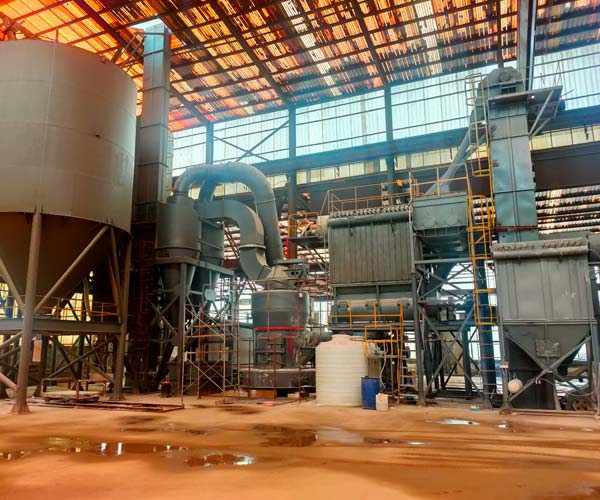
One such intricate process is the manufacturing of Precipitated Calcium Carbonate (PCC), a versatile and indispensable material that finds applications across diverse industries. From its humble beginnings as calcium hydroxide extracted from limestone or quicklime, PCC emerges through a series of controlled reactions and meticulous steps, resulting in a product celebrated for its fine particle size and controlled properties.
The journey of PCC begins with the extraction of calcium hydroxide, an essential starting material. This calcium hydroxide, commonly known as slaked lime, is derived from two primary sources – limestone and quicklime. Limestone, a sedimentary rock abundant in nature, is subjected to a high-temperature process known as calcination to yield quicklime (calcium oxide). This quicklime is then treated with water, a process called slaking, resulting in the formation of calcium hydroxide. Alternatively, quicklime itself can be hydrated to produce calcium hydroxide. This calcium hydroxide, with its chemical formula Ca(OH)₂, serves as the cornerstone for the subsequent production of PCC.
The pivotal step in PCC production is the carbonation process, where calcium hydroxide and carbon dioxide perform a meticulously choreographed dance under controlled conditions. In this intricate ballet of chemistry, calcium hydroxide is introduced to carbon dioxide, and the two engage in a chemical reaction to yield precipitated calcium carbonate, the star of the show. The reaction is characterized by the following equation:
Control over reaction conditions such as temperature, pressure, and reactant concentrations plays a critical role in determining the particle size, crystal structure, and other properties of the resultant PCC. This control ensures that the final product meets the specific requirements of different industries, from pharmaceuticals to plastics.
As the carbonation reaction unfolds, the magic of precipitation takes center stage. The calcium carbonate particles begin to form and grow in a controlled manner, creating the desired size and structure. The reaction mixture is carefully managed to control factors like the rate of carbon dioxide introduction and the mixing intensity, which influence the particle size distribution.
Following precipitation, the mixture enters the separation phase. Unreacted calcium hydroxide, along with any impurities, must be separated from the newly formed PCC. This is often achieved through methods like filtration or centrifugation. This step is vital for achieving the desired purity and consistency in the final product.
Drying, the concluding act, involves removing excess moisture from the separated PCC. The method of drying is meticulously selected to prevent agglomeration and to maintain the carefully engineered particle sizes achieved during precipitation. Proper drying ensures that the PCC retains its controlled properties and remains free-flowing and easy to handle.
The allure of PCC lies not only in its creation through a controlled process but also in the remarkable advantages it brings to various industries. One of the standout features of PCC is its finer particle size compared to naturally occurring calcium carbonates, such as ground calcium carbonate (GCC). This smaller particle size not only enhances the product’s surface area but also contributes to improved dispersion in liquids, making PCC a preferred choice for applications where uniformity and consistency are paramount.
Moreover, the controlled production process allows for tailoring the properties of PCC to specific applications. This level of customization empowers industries to fine-tune attributes such as particle size distribution, surface characteristics, and crystalline structure. As a result, PCC can be seamlessly integrated into a spectrum of products, ranging from paints and coatings to paper and plastics.
Beyond its physical attributes, PCC brings tangible environmental benefits. By utilizing waste carbon dioxide streams from various industrial processes as a raw material, PCC manufacturing contributes to carbon capture and utilization. This dual-purpose approach not only helps reduce greenhouse gas emissions but also transforms them into valuable products.
Our Projects
Copyright © ZENITH, All Right Reserved.
